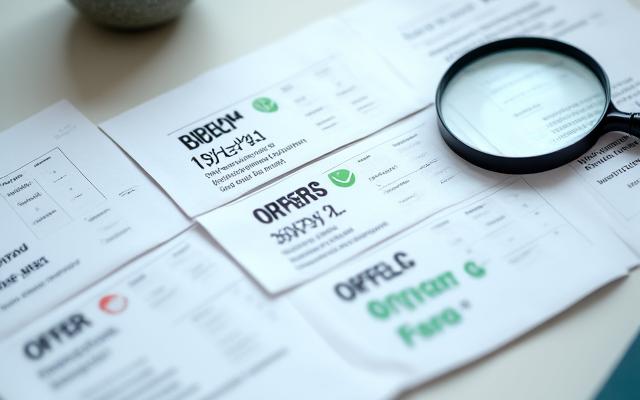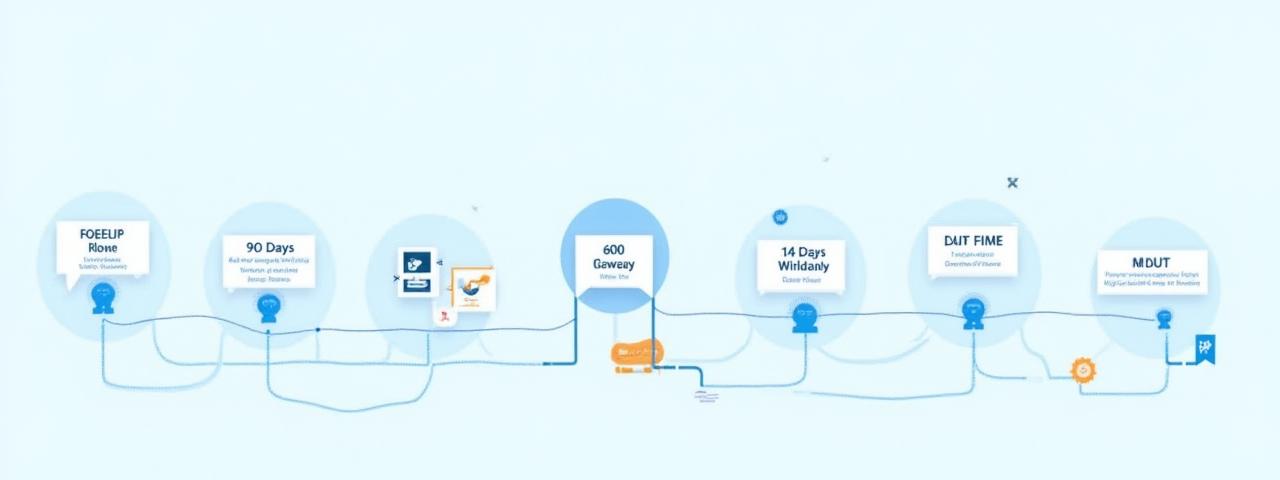Don't Let These Preventable Mistakes Derail Your Business Financing
Our analysis of thousands of applications reveals the five most costly mistakes entrepreneurs make—errors that can cost your business $5,000 to $50,000+ in unnecessary fees, lost time, and unfavorable terms.
Jump to the mistakes:

Mistake #1: Choosing the Wrong Loan Type for Your Needs
Selecting a loan based on aggressive marketing or the path of least resistance, rather than matching the product to your business need and timeline, is one of the quickest ways to overpay.
How to Avoid This Mistake: Match the Need to the Solution
Before speaking to any lender, clearly define your purpose (e.g., equipment purchase, inventory stocking, building expansion). Different financial needs require structurally different loans:
- Goal: Permanent Asset Purchase (Real Estate or Heavy Equipment) → SBA 504 / Equipment Financing / Long-Term Term Loan. Avoid lines of credit or MCAs.
- Goal: Managing Inventory/Seasonal Cash Flow Gaps → Business Line of Credit / Inventory Financing. The flexibility supports intermittent needs.
- Goal: Quick, Small Emergency Capital (Absolute Last Resort) → Pre-established Line of Credit. Avoid high-cost, short-term products unless all other options are exhausted.
Mistake #2: Inadequate Preparation and Documentation
A weak or disorganized application doesn't just waste your time; it signals to lenders that your business may lack stability. The result is often rejections, lengthy delays, or terms significantly worse than you deserve.

The Impact of Delays and Weak Applications
Rejections result in multiple hard inquiries that damage your credit score, making subsequent applications more difficult and expensive. Furthermore, a loan approved on minimal documentation often carries 1-3% higher interest rates than a fully vetted, strong application, translating to an extra $5,000 to $15,000+ in interest over the loan life.
Action Checklist: Prepare Like a Pro 60 Days Out
Lenders, especially SBA and banks, look for consistency and clarity. Prepare a master application package:
- Financials: Gather 2-3 years of formal tax returns (business and personal) and year-to-date Profit & Loss and Balance Sheets.
- Credit Report: Check your personal score (aim for 680+) and business credit report (Dun & Bradstreet, Experian Business) to address errors.
- Ratios: Calculate your Debt-Service Coverage Ratio (DSCR). Lenders typically require 1.25 or higher. Know your numbers before they ask.
- Business Plan: Ensure your plan includes detailed financial projections showing exactly how the loan will generate revenue to cover servicing.
Mistake #3: Focusing Only on Interest Rate, Ignoring Total Cost
A low advertised interest rate is often only part of the story. Hidden fees, origination charges, and prepayment penalties can quickly make a seemingly cheap loan the most expensive option available.
The Total Cost Trap: Rate vs. Total Repayment
Consider two $100,000 loans over 5 years:
| Metric | Loan A (Low Rate) | Loan B (Higher Rate, Fewer Fees) |
|---|---|---|
| Interest Rate | 8.0% | 9.5% |
| Origination/Closing Fee | 5% ($5,000) | 0% ($0) |
| Prepayment Penalty | 3-year penalty | None |
| Estimated Total Repayment | $112,000 | $108,000 |
In this scenario, Loan B, with the higher rate, saved the borrower $4,000 because it had lower fees and better flexibility.

Fees to Pinpoint Before Signing:
- Origination Fees: Often 1% to 6% of the loan amount, paid upfront.
- Prepayment Penalties: Penalties for paying off the loan early (common in term loans).
- Annual Maintenance Fees: Recurring charges on lines of credit.
Mistake #4: Not Shopping Around and Comparing Multiple Lenders
Accepting the first offer, often from your existing banking relationship, is a costly passive mistake. For the exact same business profile, rates can differ by 2-5% across various lenders.
A $200,000 loan over 5 years at an uncompetitive rate can easily cost you $10,000 to $30,000 more than a better-negotiated offer.
The 14-Day Shopping Strategy
Leres Nito LLC advises applying to a minimum of 3-5 lenders within a strategic 14-day window. Modern credit scoring models treat multiple hard inquiries for the same purpose (like mortgage or business financing) within this short period as a single inquiry, protecting your score while maximizing your options.
Lender Diversity Comparison
- Banks: Lowest rates, highest requirements, slowest process. Ideal for established businesses.
- Online Lenders: Fastest funding, higher rates, most accessible requirements. Good for speed or lower credit scores.
- SBA Lenders: Government-backed, typically offer the best long-term rates and most favorable terms. Highly recommended.
- Credit Unions/CDFIs: Often provide member-focused, flexible terms, especially to underserved communities.

Mistake #5: Not Fully Understanding Loan Terms and Obligations
Loan agreements are complex legal contracts designed to protect the lender. Signing without understanding the fine print—specifically personal guarantees, covenants, and default triggers—exposes your personal assets and restricts your future operations.
The Critical Clauses You Must Know
- Personal Guarantee: You are personally liable for the business debt. If the business defaults, the lender can pursue your home equity or personal savings.
- Covenants: Operational restrictions placed on the business (e.g., must maintain a specific Debt-to-Equity ratio or cannot take on more debt without approval). Violating a covenant often triggers a default.
- Collateral & UCC Filings: Understanding exactly which business assets are pledged, and how blanket liens affect future financing options.
- Variable Rates: Know the index rate (e.g., Prime) and the margin. Understand how often and by how much your payment could potentially increase.
- Balloon Payments: A large, often unexpected, final principal payment due at the end of the term. If you rely on refinancing the balloon, you face significant risk.
- Prepayment Rights: Can you pay off the loan early? If so, what are the exact penalties?
Additional Mistakes to Avoid
The Leres Nito Smart Loan Application Framework
Avoid the pitfalls by adopting an organized, proactive strategy. This eight-step framework synthesizes everything we've covered into an actionable timeline.

Phase 1: Foundation (90 - 60 Days Out)
- Define exact need, amount, and use of funds plan.
- Check personal and business credit; address discrepancies.
- Prepare 3 years of financial documentation and tax returns.
Phase 2: Execution (30 - 7 Days Out)
- Research and match needs to potential loan types (SBA, Term, LOC).
- Identify 3-5 potential lenders (Bank, Online, CDFI).
- Submit formal applications within the 14-day credit window.
Phase 3: Closing (Closing Week)
- Compare total repayment costs (fees + interest), not just rates. Negotiate key terms.
- Read all terms, obligations, and guarantees. Consult an attorney before signing.
Tools and Resources to Support Your Success
Utilize these free Leres Nito resources to guide your financing journey and ensure you apply with confidence.
Loan Type Comparison Guide
Understand the true differences between SBA, Term Loans, and Lines of Credit.
Read GuideTotal Cost Comparison Spreadsheet
A downloadable Excel tool to calculate effective APR and compare offers accurately.
Download Excel (.xlsx)Mistake-Avoidance Checklist
Print this comprehensive PDF checklist to ensure you never miss a critical step.
Download Checklist (PDF)Speak with a Specialist
Still concerned about loan terms or documentation? Schedule a consultation.
Get Guidance